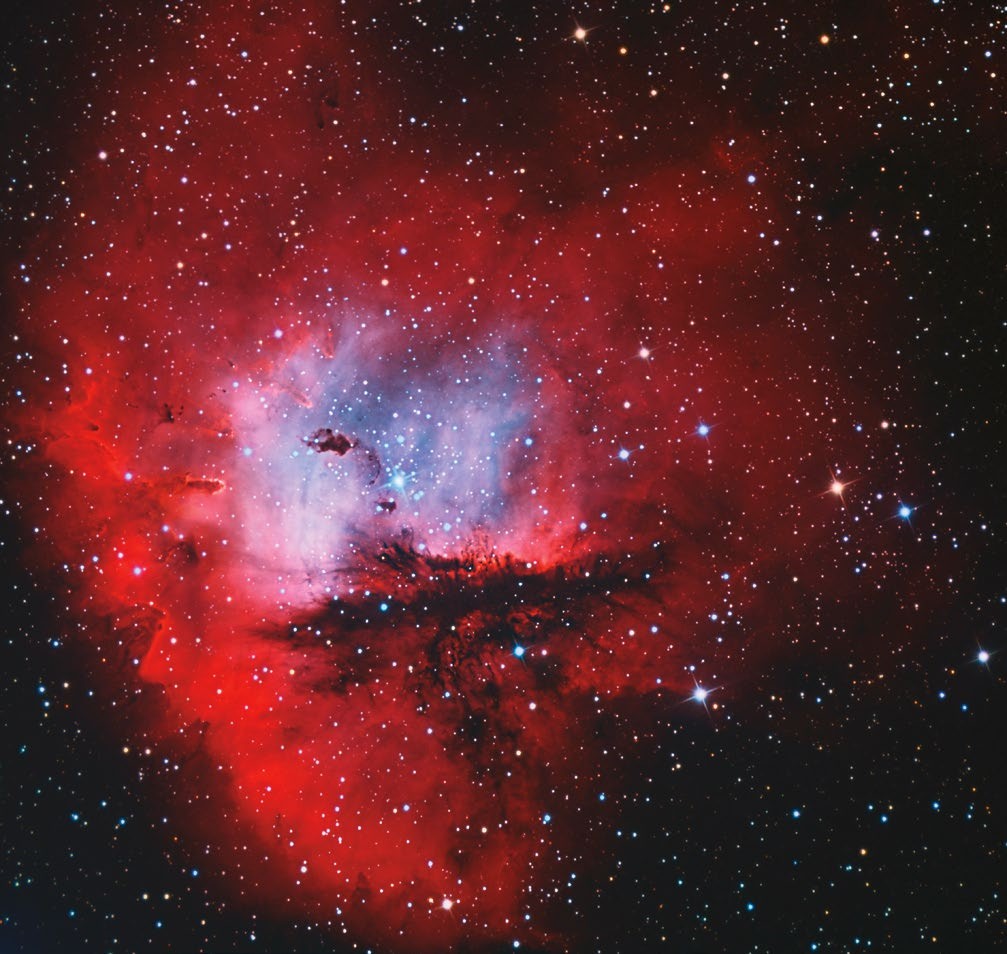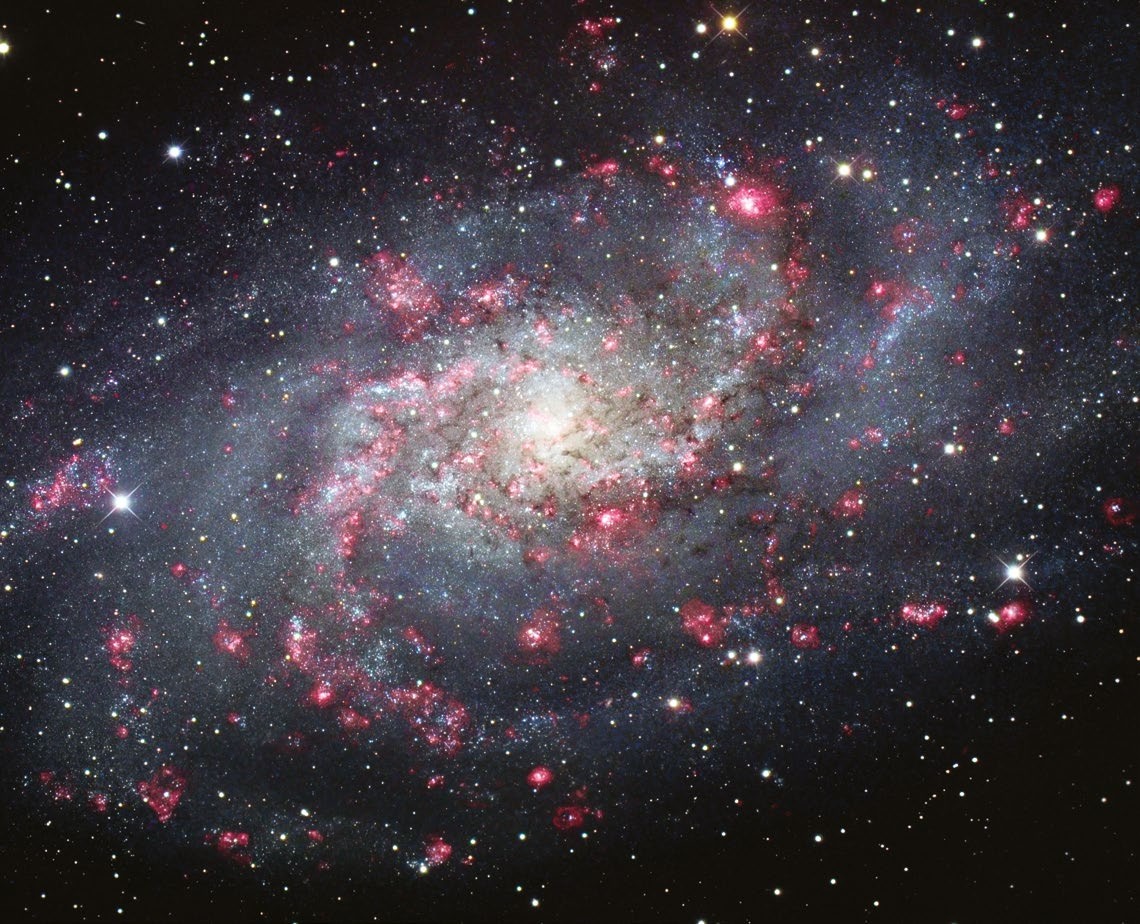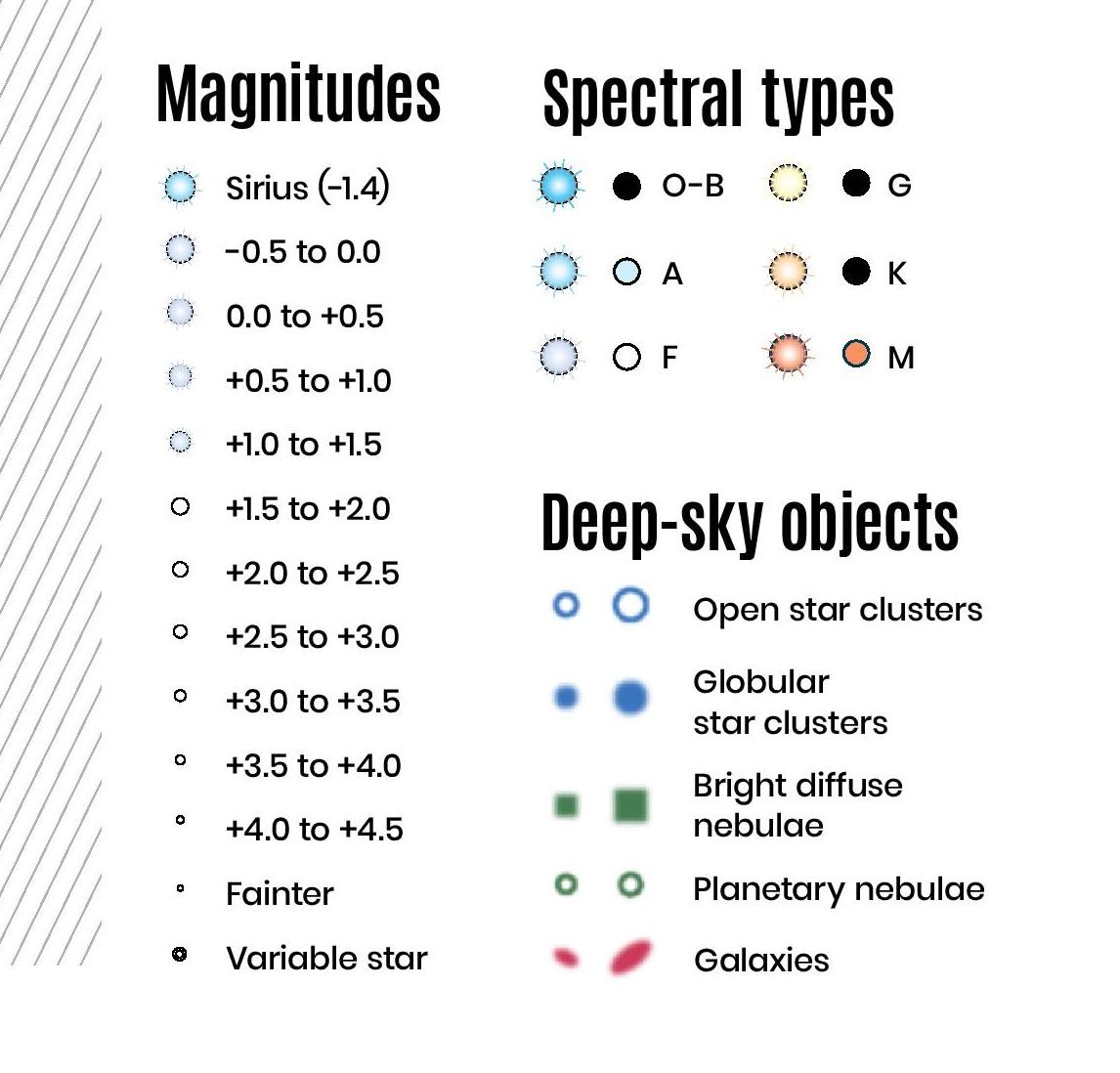Astronomers can now make the most of darker evenings. But having longer hours of darkness doesn’t merely give sky-watchers more time to become reacquainted with old favourites – it also offers the chance to seek out previously unexplored targets. If you’re a fan of splitting double stars with a telescope, head over to the constellation of Aries (the Ram), which can be found surrounded by Taurus (the Bull), Pisces (the Fishes) and Cetus (the Whale). In particular, binary star systems Lambda Arietis, Epsilon Arietis and Mesarthim are splendid targets to resolve for astronomers with medium to large instruments.
WEST EAST North Pole Polaris M31 NORTHERN stronomers can now make the most of darker evenings. But having longer hours of darkness doesn’t merely give sky-watchers more time to become reacquainted with old favourites – it also offers the chance to seek out previously unexplored targets. If you’re a fan of splitting double stars with a telescope, head over to the constellation of Aries (the Ram), which can be found surrounded by Taurus (the Bull), Pisces (the Fishes) and Cetus (the Whale). In particular, binary star systems Lambda Arietis, Epsilon Arietis and Mesarthim are splendid targets to resolve for astronomers with medium to large instruments.
Using the sky chart
This chart is for use at 22:00 mid-month and is set for 52 degrees latitude.
1 Hold the chart above your head with the bottom of the page in front of you.
2 Face south and notice that north on the chart is behind you.
3 The constellations on the chart should now match what you see in the sky.

The Rosette Nebula (Caldwell 49)

The Pacman Nebula (NGC 281)

Triangulum Galaxy (Messier 33)

© Getty

Observer’s note The night sky as it appears on 17 November
2023 at approximately 22:00 (GMT)